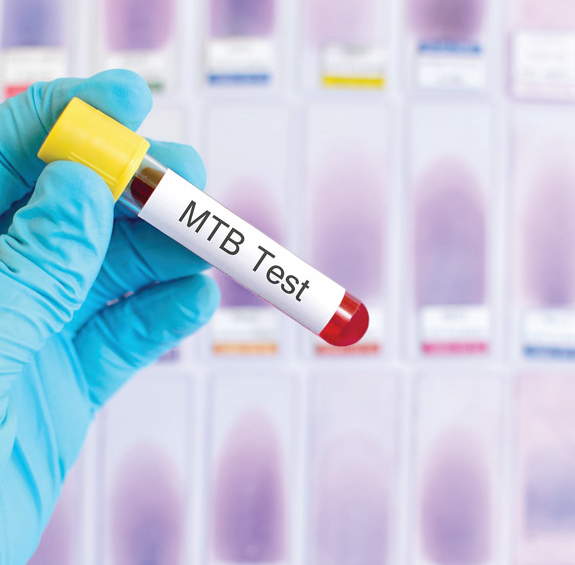Collaborative action needed to defeat TB before 2030
By PD columnist, April 5, 2023Children are taught about tuberculosis symptoms such as coughing, weight loss, night sweats, fatigue, and fever. Most people are, however, unaware that tuberculosis bacteria can live in the body without causing any symptoms.
This is referred to as latent tuberculosis. On the surface, it might appear positive that a disease-causing pathogen can live without causing illness or spreading to others.
However, latent TB lies in wait for something like another infection to reduce the host’s immunity, and then it flares up into TB disease. This is most common in people living with HIV, where TB causes additional damage to the lungs as soon as the HIV virus begins to overwhelm the body’s natural disease-fighting mechanism.
If left untreated, tuberculosis can spread to the brain, kidneys, and even the spine, eventually leading to death. The World Health Organization (WHO) states that TB kills more people than Aids.
According to WHO, 10.6 million people became ill with tuberculosis in 2021 with 1.2 million of the new infections being in children. In the same year, TB caused 1.6 million deaths.
The Stop TB Partnership, an initiative by the United Nations Office for Project Services (UNOPS), estimates that in 2020, 139,000 Kenyans developed TB, and 17,000 of them were children. However, due to undiagnosed cases, the number of Kenyans living with TB is likely to be higher. The Ministry of Health estimates that 40 per cent of cases go undetected.
Children are particularly vulnerable to TB due to a number of factors. The first is that the disease in infants and young children is difficult to detect. Children can become infected and sick with tuberculosis due to a small number of bacteria in their bodies that are difficult to detect.
Secondly, due to immature immunity children easily get infected and overwhelmed by TB.
Furthermore, children are ten times more likely than adults to develop multi-drug resistant tuberculosis. The toxic nature of the drugs used to treat the drug-resistant form of paediatric TB makes treatment particularly difficult. To make matters worse, the WHO designated Kenya as a high-burden multi-drug resistant country.
The danger of tuberculosis to adults and children is obvious, and initiatives have been launched to address the disease’s prevalence. In Kenya, the government has removed barriers to TB diagnosis and treatment by making it available for free in public health facilities.
The importance of a multi-stakeholder approach has never been more apparent. The Ministry of Health issued revised policy documents for dealing with TB last year, emphasizing the fact that 48 per cent of patients seeking treatment seek it at private health facilities. As their first point of contact, 42 per cent of patients with TB symptoms visit private facilities.
TB prevention and treatment do not begin in hospitals; rather, it begins with the patients in the community. The number of TB cases that go undiagnosed and untreated must be reduced in order to reduce the number of new TB infections.
What is often dismissed as “just one of those coughs” can be TB. If the public is unaware of the disease, they are unlikely to seek treatment until serious harm has been done to their bodies. It is therefore important for all people to be alive to the possibility that they may have TB and to seek testing. Likewise healthcare workers need to be more sensitive to likelihood of TB in the patients they encounter for various services.
Globally, there is an ambitious, but attainable, goal of reducing TB deaths by 90 per cent by 2030.
If we are to enter a new decade free of TB, there is a lot of ground to cover between now and then, and not nearly as much time as we think.
—The writer is a Consultant Paediatrician/Infectious diseases specialist at Gertrude’s Children’s Hospital
